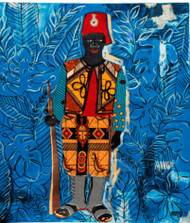Investing in African Art (Part 2): A Smart Move for Your Portfolio
Posted by muntu on May 5th 2023
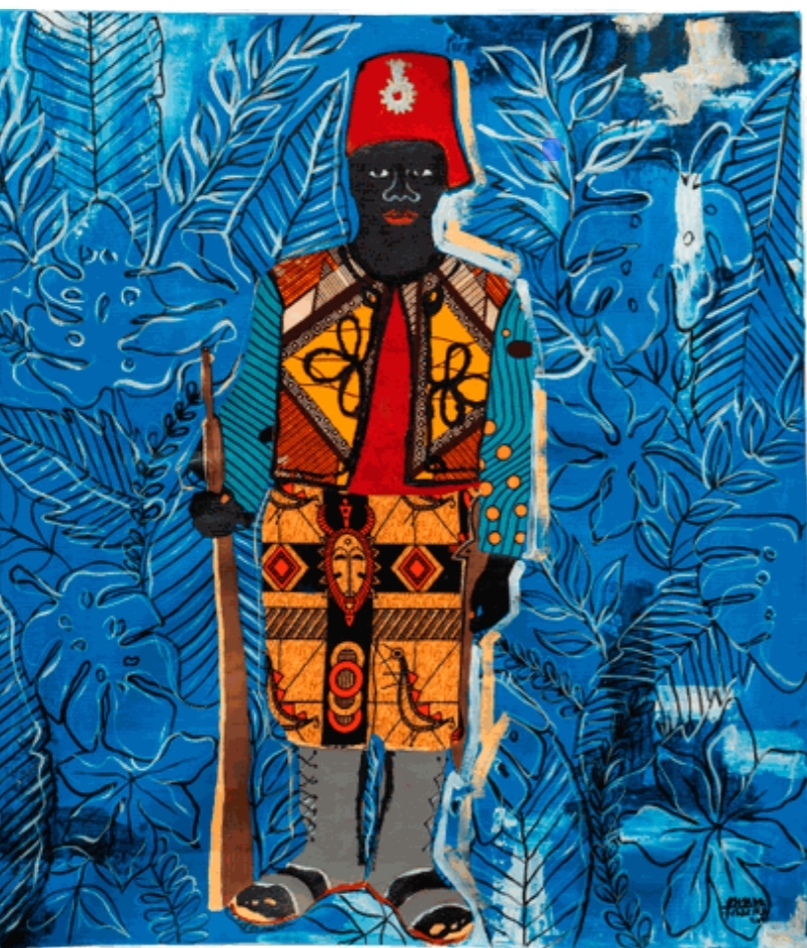
Osvaldo Ferreira: O Soldado,2021
Are you looking for a unique and profitable investment opportunity? Look no further than African art. With its rich cultural heritage and growing global recognition, African art is increasingly becoming a sought-after commodity for collectors and investors alike. Investing in African art not only helps preserve and promote African culture, but also offers a range of financial benefits. As the market for African art expands, prices are expected to rise, providing investors with excellent returns on their investments. Moreover, unlike other asset classes, African art is not subject to market volatility and can provide a stable and consistent source of income.
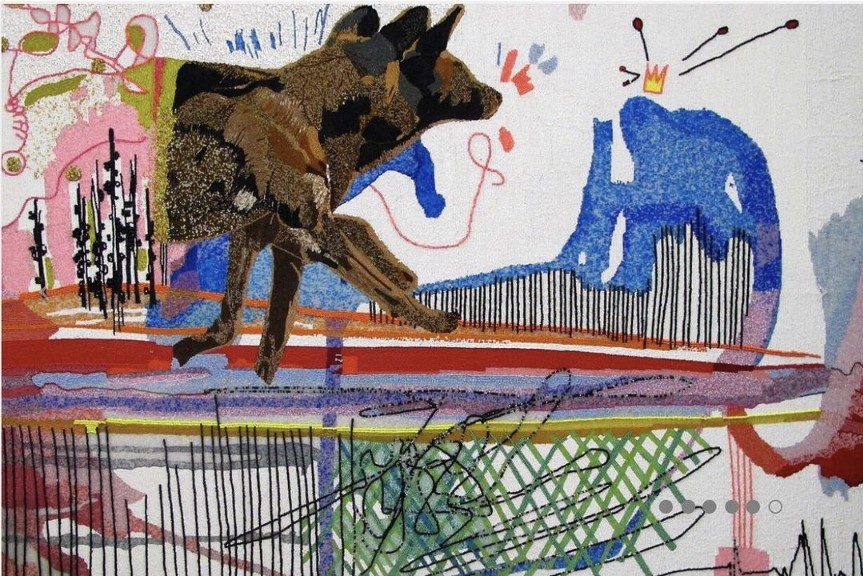
Investing in African art can be a smart decision for a number of reasons. Here are a few key points to consider:
1. Growing interest and demand: Interest in African art has been steadily growing over the past decade, with more collectors and investors seeking out works from the continent. As a result, prices for African art have been on the rise, making it a potentially lucrative investment.
2. Cultural significance: African art has a rich cultural history, with many pieces holding deep meaning and symbolism. Owning a piece of African art can be a meaningful way to connect with this cultural heritage and preserve it for future generations.
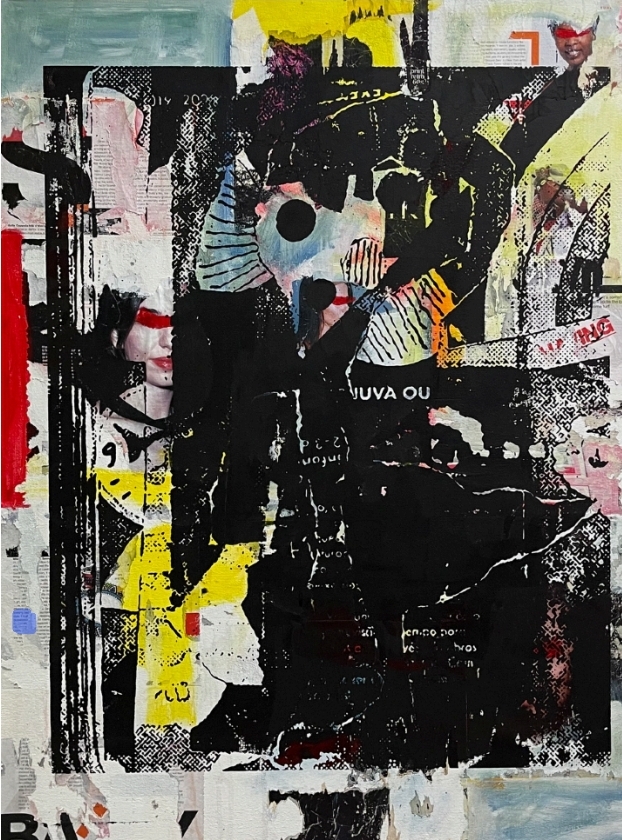
Hamilton Francisco "Babu" - ELA Espaco Luanda Arte
3. Diverse range of styles and mediums: African art encompasses a wide range of styles, from traditional tribal art to contemporary works. There are also many different mediums to choose from, including sculpture, painting, textiles, and more. This diversity can make it easier to find a piece that fits your personal taste and investment goals.
4. Limited supply: Many African artists are relatively unknown outside of their local communities, which means that there is a limited supply of their works available. This scarcity can drive up demand and prices for these pieces, making them potentially valuable investments.
5. Social impact: Investing in African art can also have a positive social impact, as it can support local artists and communities. By investing in African art, you can help to promote and preserve this important cultural tradition while also supporting economic development in the region.
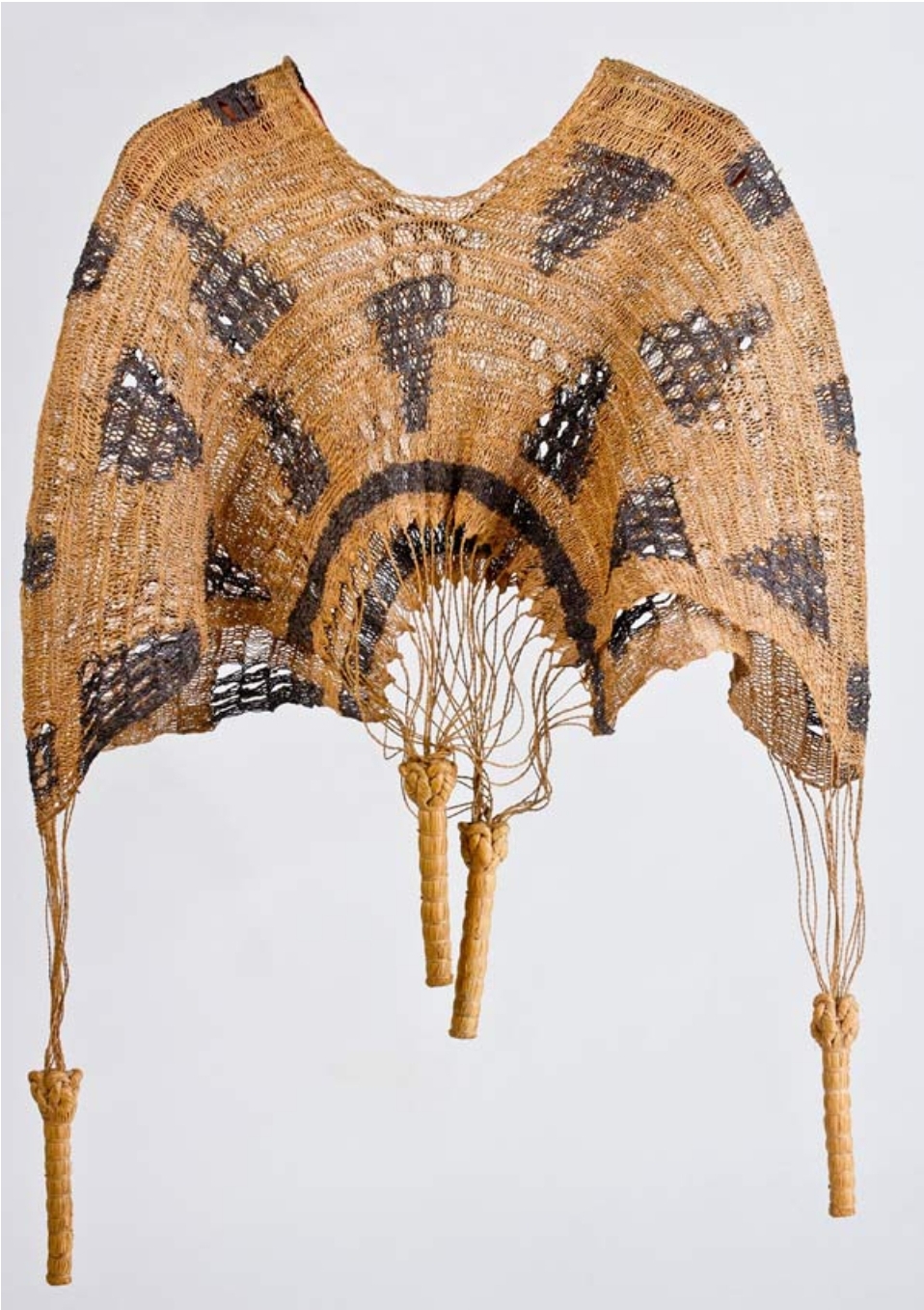
Garment (Nkutu) 19th century, inventoried 1897. Kongo peoples; Cabinda, Angola. Pineapple fiber (Ananas sativus Schult.), sedge fiber (Cyperus rotundus Linn.), pigment; H. 25 5/8 in. (65 cm), W. 39 in. (99 cm). Museu da Ciência da Universidade de Coimbra, Portugal (ANT.Ang.282)
Of course, as with any investment, it's important to do your research and consider factors like the artist's reputation, the condition of the piece, and the potential for future value growth. But overall, investing in African art can be a smart choice for those looking for a unique and culturally significant investment opportunity.
By investing in African art, you can also contribute to the growth of the continent's art industry, which is fast becoming a dynamic and vibrant force in the global art market. Whether you're a seasoned collector or simply looking to diversify your portfolio, African art is the perfect investment opportunity that promises both cultural enrichment and financial gains. So, don't miss out on this lucrative investment opportunity. Invest in African art today and reap the benefits of this fascinating and rewarding asset class.
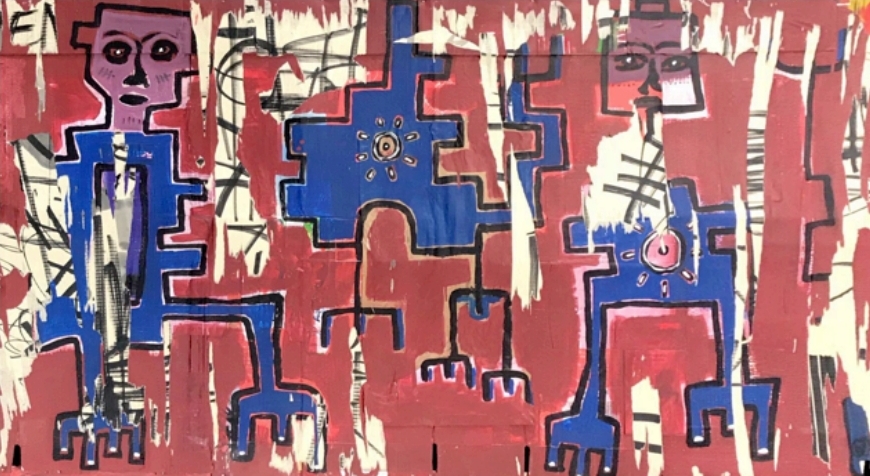
Nelo Teixeira: Os kiki da minha terra - ELA Espaco Luanda Arte
To know more about why you should invest in African Art, explore our article here.

